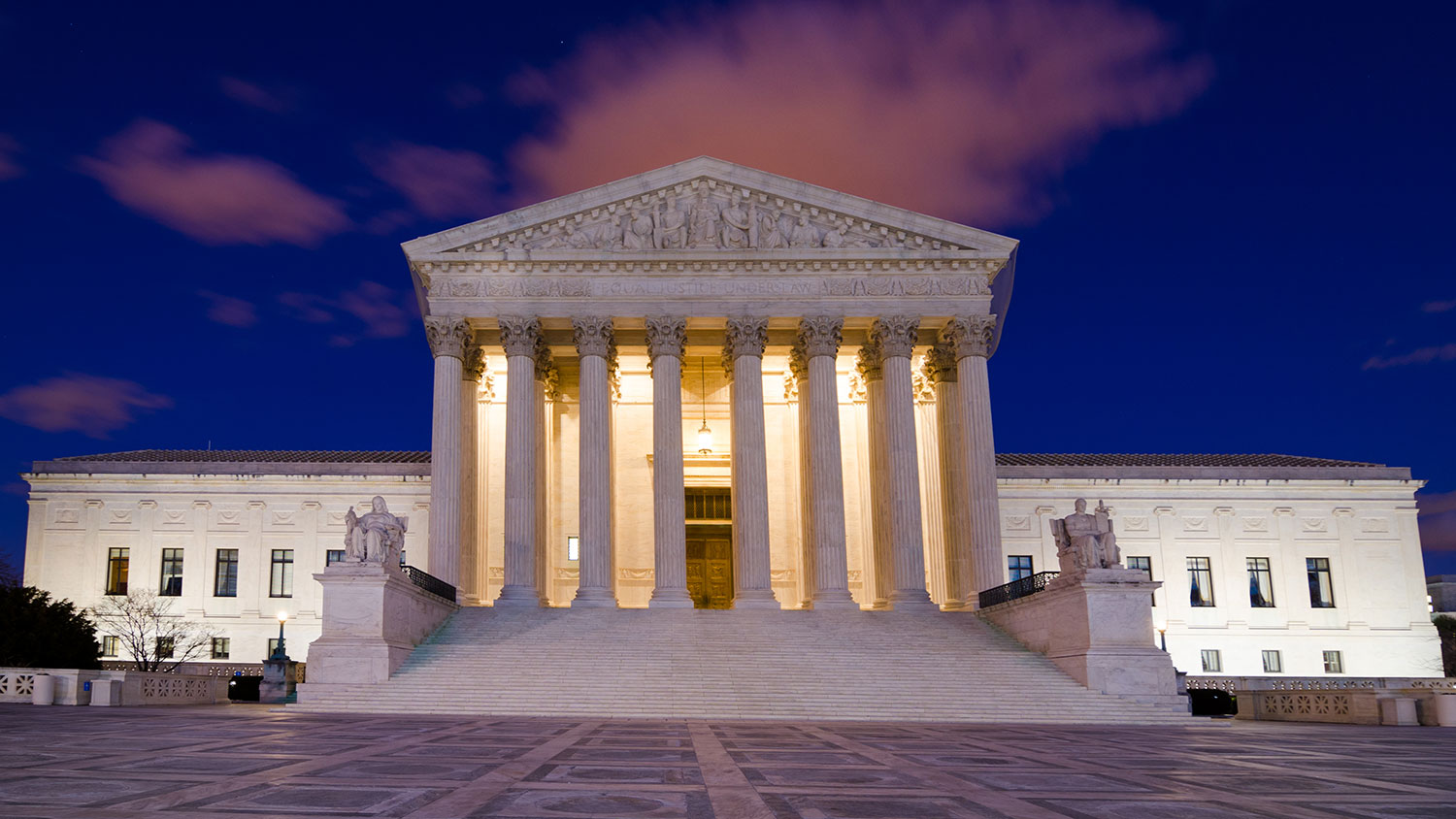This week, the Supreme Court will hear argument in Michigan v. EPA, an important environmental case challenging the EPA’s Mercury and Air Toxics Standards. These vital regulations address the risks associated with emissions of hazardous air pollutants like mercury and arsenic from coal- and oil-fired power plants.
For reasons to come, this case may turn on the meaning of a single word — “appropriate.” However, the legal jostling over the word “appropriate” is far from the only reason to pay attention to this important case. Here are four others:
- The public health benefits of the EPA’s new standards are enormous. Hazardous air pollutants like mercury and arsenic are associated with a number of health risks, including birth defects, neurological disorders, and cancer, with these risks most pronounced among pregnant women, infants, and children. All told, the EPA estimates that, each year, its new standards will save up to 11,000 lives, prevent thousands of non-fatal heart attacks, and protect businesses from hundreds of thousands of work days missed, with up to $90 billion in annual benefits. It’s no wonder that leaders in the public health community — including the American Lung Association, the American Academy of Pediatrics, and the American Thoracic Society — have all lined up behind these new standards.
- Industry is divided over this case. While those challenging the EPA’s new standards include such industry groups as the National Mining Association, this case does not simply pit industry groups against the EPA and the environmental community. In Michigan, industry itself is divided. Though the challengers argue that the EPA’s new standards risk shuttering countless power plants, other members of the energy industry — including the Calpine Corporation and the Exelon Corporation — have weighed in on the EPA’s side. They explain that the EPA’s new standards are “economically practicable” and have already been met by “a large portion of the power sector.” In other words, these standards simply level the playing field, requiring all power plants to meet certain minimum control requirements tied to what the best-performing power plants are already achieving under current market conditions.
- The states are divided, too. The case name may read “Michigan v. EPA,” but this is not a case that divides the states against the federal government. Instead, states are lined up on both sides. While Michigan is challenging the EPA’s standards, many other states — ranging from North Carolina to Massachusetts — are supporting them. Frustrated by years of federal inaction, many of these states have set their own emissions standards — many of which are more stringent than the EPA’s requirements. However, air pollution is an interstate problem; emissions often cross state borders, hampering state-based efforts to control pollution. Only a federal baseline can adequately address this interstate issue.
- This case may bridge the Supreme Court’s ideological divide. When weighing legal challenges to federal regulations, the justices traditionally defer to an agency’s reasonable interpretation of the law in question — reluctant to substitute their own judgment for that of an expert agency. Many of the court’s decisions upholding federal regulations are joined by justices from across the ideological spectrum. Just last term, Chief Justice John Roberts and Justice Anthony Kennedy joined with the court’s four progressive justices to uphold the EPA’s cross-state air pollution rule, deferring to the EPA’s reading of the Clean Air Act. As we speed toward oral argument and decision day in Michigan, a key question is whether the Roberts and Kennedy will do the same here. They should.
As mentioned above, this case boils down to the meaning of a single and open-ended word: “appropriate.” Before regulating power plant emissions, the EPA must conduct a study of the related public health hazards and then determine whether regulating such emissions is “appropriate and necessary.” With the relevant legal language silent on the issue of costs, the EPA maintains that it must weigh only health and environmental risks when making this threshold decision, reserving cost considerations for later in the regulatory process. The Supreme Court should defer to this reasonable judgment.
The public health community, various members of the energy sector, several states, and the Supreme Court’s own precedents are all on the side of the EPA’s new standards. When the court decides this case in a few months, here’s hoping that a majority of the justices are, too.
—
Tom Donnelly is counsel at Constitutional Accountability Center. He co-authored CAC’s friend-of-the-court brief in Michigan v. EPA.



